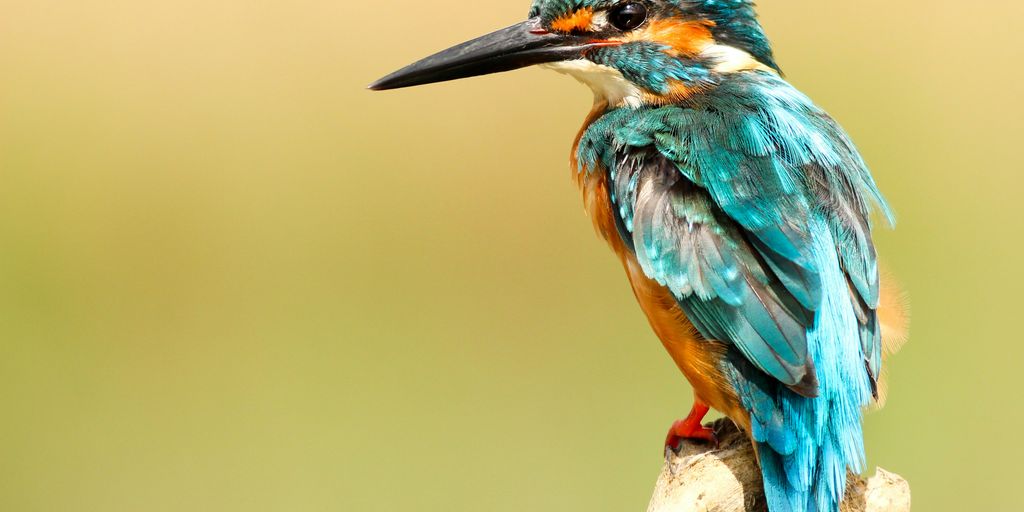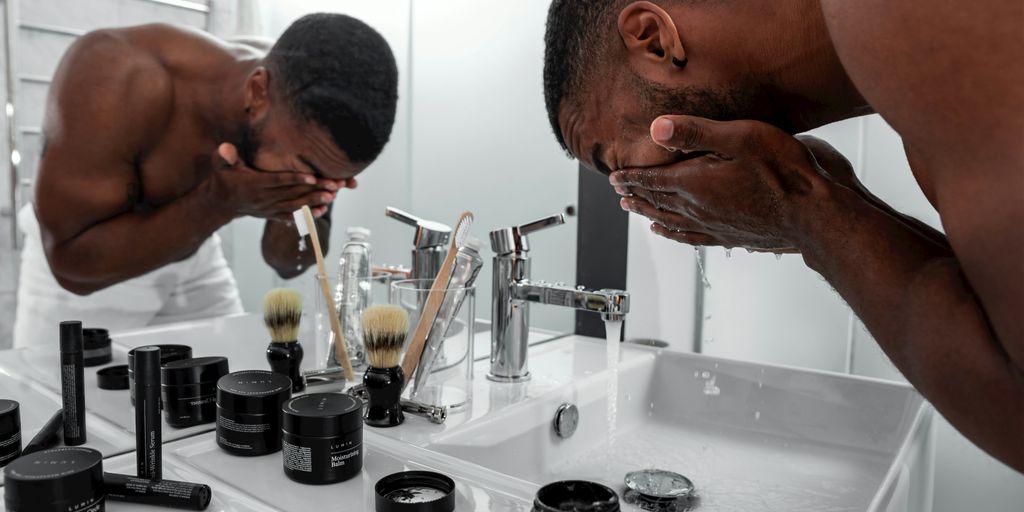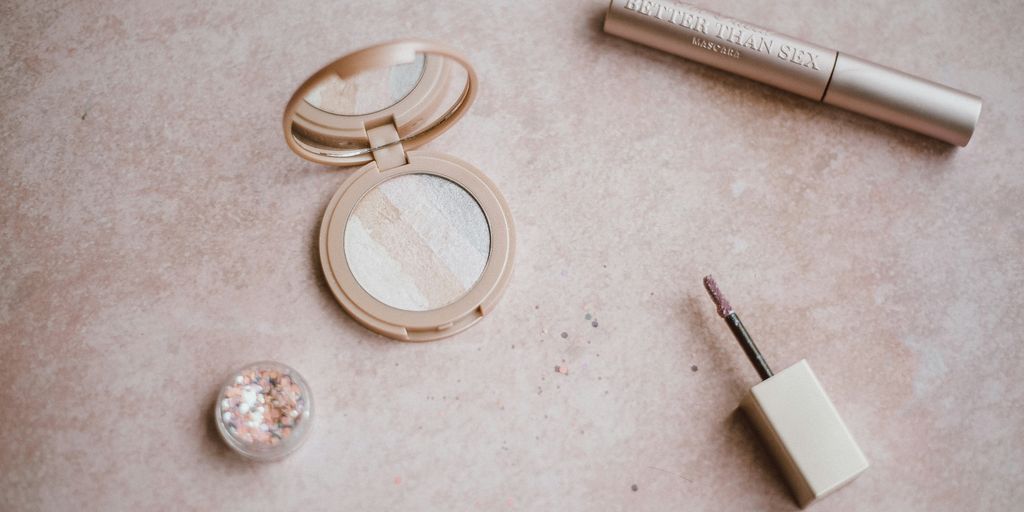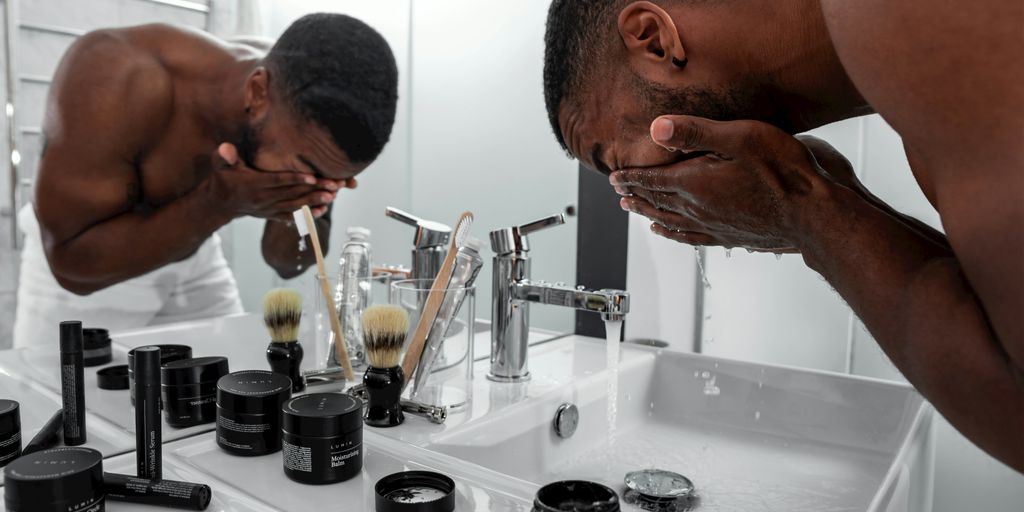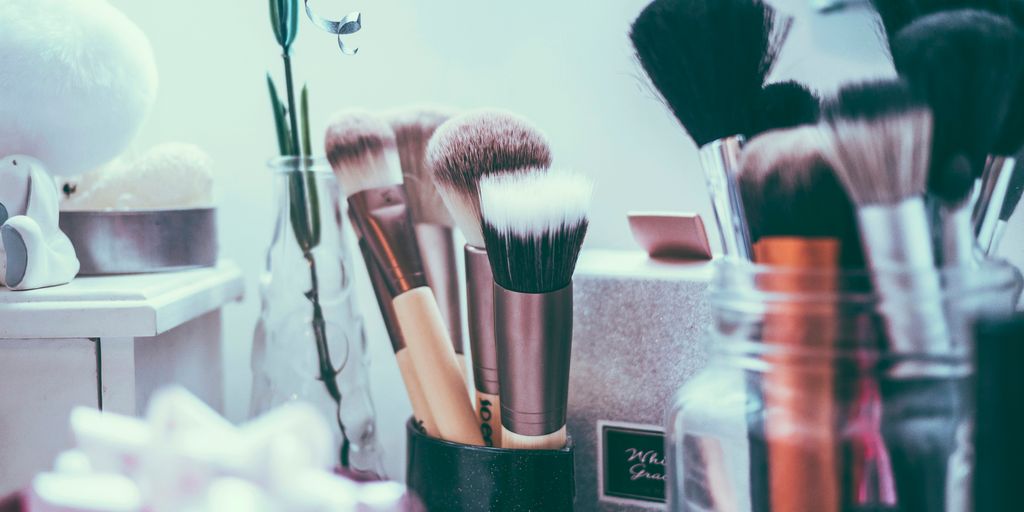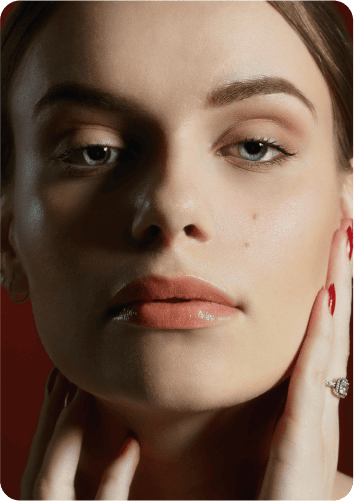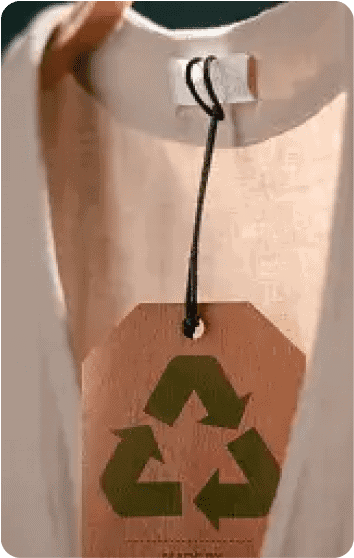As consumers become more conscious about the products they use, the question of whether brands are cruelty-free has gained significant attention. Garnier, a popular name in the beauty industry, often comes up in discussions about animal testing. In this article, we dig into the details surrounding Garnier’s animal testing policies to answer the burning question: is Garnier cruelty free?
Key Takeaways
- Garnier is officially certified cruelty-free by Leaping Bunny and PETA.
- The brand does not conduct animal testing on its products or ingredients.
- Garnier does not sell in countries where animal testing is required by law, like China.
- Despite its cruelty-free status, Garnier is owned by L’Oreal, which has faced criticism for its animal testing practices.
- The company is committed to ongoing improvements and transparency regarding its animal welfare policies.
Understanding Garnier’s Cruelty-Free Status
What Does Cruelty-Free Mean?
When we talk about something being cruelty-free, it generally means that the product wasn’t tested on animals at any stage of its development. This includes the ingredients, the manufacturing process, and the final product itself. It’s more than just a label; it reflects a commitment to ethical practices. However, it’s important to remember that the term isn’t regulated everywhere, so certifications are key.
Garnier’s Commitment to Animal Welfare
Garnier has made some pretty big moves lately. They’ve officially been certified by Cruelty Free International under the Leaping Bunny Program, which is a big deal. This means they’ve opened up their supply chains to independent audit, ensuring no animal testing occurs at any point. It’s a long process, but it shows they’re serious about their commitment. They’ve been working towards this for years, and it’s great to see them finally get there.
The Importance of Cruelty-Free Certification
Why does certification matter so much? Well, it adds a layer of trust. Anyone can claim to be cruelty-free, but certifications like Leaping Bunny involve rigorous checks and ongoing audits. This helps consumers know that the claims are actually verified. Plus, it encourages other brands to adopt better practices. It’s a win-win for everyone involved.
Choosing certified cruelty-free products is a powerful way to support ethical companies and promote a more compassionate beauty industry. By making informed purchasing decisions, consumers can directly influence the market and encourage brands to prioritize animal welfare.
Here’s a quick look at why certifications are important:
- Provides independent verification.
- Ensures supply chain transparency.
- Builds consumer trust.
Garnier’s Certifications and Approvals

Leaping Bunny Certification Explained
So, what’s the deal with the Leaping Bunny? It’s basically the gold standard when it comes to cruelty-free certification. It means a brand has gone through a super thorough check of its entire supply chain. Garnier had to get declarations from over 500 suppliers, covering more than 3,000 ingredients! It’s not just about the final product; it’s about every single step of the process. To keep the certification, Garnier gets audited regularly. It’s a big commitment, and it shows they’re serious about being cruelty-free.
PETA’s Role in Cruelty-Free Verification
PETA, or People for the Ethical Treatment of Animals, also plays a role in verifying cruelty-free status. While the Leaping Bunny is often seen as the top standard, PETA has its own list of companies that don’t test on animals. Garnier is on PETA’s list, which is great. PETA’s criteria involve checking whether a company tests on animals itself, pays for animal testing, or uses ingredients that are tested on animals. It’s another layer of assurance for consumers who care about animal welfare.
How Certifications Impact Consumer Trust
Certifications like Leaping Bunny and PETA’s approval really matter because they build trust.
- They show a brand is serious about its claims.
- They provide independent verification.
- They help consumers make informed choices.
When you see a recognized cruelty-free logo, you can feel more confident that the product you’re buying aligns with your values. It’s not just about taking a company’s word for it; it’s about having that extra layer of assurance from a trusted organization.
Garnier’s Animal Testing Policies
No Animal Testing on Finished Products
Garnier has made a pretty big commitment: they don’t test their final products on animals. It’s a core part of their pledge to be cruelty-free. This means that from the shampoos to the skin creams, nothing gets tested on our furry friends. It’s a relief to know that the products we use aren’t causing harm. They’ve been working on this since 1989, so it’s not exactly a new thing for them.
Supplier Compliance and Accountability
It’s not just about what Garnier does directly; it’s also about who they work with. They need to make sure their suppliers are on board with the cruelty-free thing too. This means checking that the companies providing the ingredients also don’t test on animals. It’s a big job, involving lots of checks and balances. It’s all about making sure the whole supply chain is ethical.
Third-Party Testing Practices
Garnier doesn’t just take their own word for it. They also rely on third-party testing to make sure they’re really meeting their cruelty-free goals. This adds another layer of confidence. These independent audits help to verify that Garnier’s practices are really in line with what they say they are. It’s like having someone double-check your work, which is always a good idea.
Garnier has been working with Cruelty Free International to get their Leaping Bunny approval. This means they’ve had their whole supply chain checked out, from the ingredient makers to the final product. It’s a big deal because it shows they’re serious about being cruelty-free.
Here’s a quick rundown of what Garnier does to ensure no animal testing:
- They don’t test finished products.
- They make sure their suppliers don’t test.
- They use third-party audits to verify their claims.
Garnier’s Global Market Presence
Selling in Regions with Animal Testing Laws
It’s a bit of a tightrope walk for brands like Garnier that are committed to cruelty-free practices but also want to sell their products worldwide. Some countries still require animal testing for certain cosmetic products before they can be sold there. This creates a real dilemma. How can a brand stay true to its values while still reaching as many customers as possible?
Impact of Regulations on Cruelty-Free Brands
These regulations can have a big impact. For one, it might mean a brand has to choose not to sell in certain markets. That can affect their bottom line, of course. But it also sends a message about what they stand for. Some brands try to navigate these rules by using alternative testing methods or working with local authorities to change the regulations, which is a long game.
Garnier’s Strategy for Ethical Marketing
Garnier seems to be focusing on a few key things:
- Transparency: Being open about their policies and certifications.
- Advocacy: Supporting efforts to end animal testing globally.
- Innovation: Investing in alternative testing methods.
Garnier is trying to show consumers that they’re serious about being cruelty-free, even when it means making tough choices in the global market. They are trying to balance ethical considerations with the realities of doing business internationally.
It’s not always easy, but it’s a path more and more brands are trying to follow.
The Parent Company Dilemma
L’Oreal’s Animal Testing Practices
Garnier’s cruelty-free status is great, but things get a little complicated when you consider its parent company, L’Oreal. L’Oreal, while claiming to avoid animal testing, still has some practices that raise eyebrows. They sometimes pay for third-party animal testing to get their products approved in certain markets. This is why L’Oreal isn’t always considered cruelty-free by some organizations and consumers.
Consumer Reactions to Parent Company Policies
So, what does this mean for you, the consumer? Well, you’ve got a choice. Some people choose to avoid brands owned by companies that aren’t fully cruelty-free. Others focus on the individual brand’s policies. It really comes down to personal ethics. Some shoppers choose to boycott brands owned by a parent company that tests on animals. It’s a tough call, and there’s no right or wrong answer.
Navigating Brand Ownership and Ethics
It’s not always easy to know which brands are owned by whom. Brand ownership can be a maze. But don’t worry, there are resources out there to help you figure it out. Ultimately, deciding whether to support a brand like Garnier, given its parent company, is a personal decision. Consider what’s most important to you and make a choice you feel good about.
Choosing to support cruelty-free brands, even under parent companies with different practices, can still encourage positive change. By showing that consumers value ethical products, we can influence the entire industry towards better practices.
Garnier’s Ongoing Commitment to Change
Garnier has made some real progress, and it’s great to see them pushing for even more change. They’re not just stopping at current certifications; they’re looking ahead to what else they can do to improve. It’s a journey, and they seem to be taking it seriously.
Future Goals for Cruelty-Free Practices
Garnier is setting some ambitious goals for the future. They’re aiming to make their products more sustainable and eco-friendly. For example, they want to use 100% recycled plastic for all their packaging by 2030. That’s a big commitment! They’re also working on formulas that are more biodegradable and use less water. It’s all about reducing their environmental impact.
Innovations in Animal Testing Alternatives
It’s not enough to just avoid animal testing; Garnier is also investing in finding better alternatives. This means supporting the development of new technologies and methods that can replace animal testing altogether. They’re exploring things like in-vitro testing and computer modeling to ensure product safety.
Community Engagement and Advocacy
Garnier understands that change doesn’t happen in a bubble. They’re actively engaging with consumers and animal rights organizations to promote cruelty-free practices. This includes:
- Being transparent about their policies and progress.
- Supporting initiatives that raise awareness about animal testing.
- Listening to feedback from the community and adapting their strategies accordingly.
Garnier’s commitment extends beyond just their own products. They’re working to influence the industry as a whole, advocating for stronger regulations and promoting ethical practices across the board. It’s a long road, but their dedication is clear.
How to Support Cruelty-Free Brands
Choosing Products Wisely
It can be hard to know where to start when switching to cruelty-free products. A good first step is to check for certifications like the Leaping Bunny logo on packaging. These logos mean a third party has verified the brand’s cruelty-free claims. Also, many resources online list brands that don’t test on animals.
Advocating for Animal Rights
Supporting cruelty-free brands goes beyond just buying their products. It’s also about speaking up for animal rights. Here are a few ways to do that:
- Contact companies that still test on animals and let them know you disagree with their practices.
- Support organizations working to end animal testing.
- Talk to your friends and family about the importance of cruelty-free products.
Every voice counts when it comes to advocating for animal rights. By making your concerns known, you can help create a world where animals are no longer used for testing.
Engaging with Brands on Social Media
Social media is a powerful tool for connecting with brands and sharing your values. Use it to support cruelty-free companies and encourage others to do the same. You can:
- Follow cruelty-free brands on social media and engage with their content.
- Share your favorite cruelty-free products with your followers.
- Use hashtags like #crueltyfree to join the conversation and connect with other like-minded consumers.
If you want to help brands that are kind to animals, there are many ways to show your support. Start by buying products from companies that are cruelty-free. You can also share your favorite brands on social media to spread the word. Every small action counts! For more tips on how to support cruelty-free brands, visit our website today!
Final Thoughts on Garnier’s Cruelty-Free Status
In conclusion, Garnier has made significant strides in becoming a cruelty-free brand. They have been certified by respected organizations like Leaping Bunny and PETA, which is a big deal in the beauty industry. They don’t test their products on animals, and they don’t sell in places where animal testing is required by law. However, it’s important to remember that Garnier is owned by L’Oreal, a company that does test on animals. This might be a dealbreaker for some shoppers. So, if you’re looking to support cruelty-free brands, Garnier is a solid choice, but it’s worth considering the bigger picture. Ultimately, it’s up to you to decide what aligns with your values. Stay informed, and make choices that feel right for you.
Frequently Asked Questions
Is Garnier a cruelty-free brand?
Yes, Garnier is cruelty-free. They do not test their products or ingredients on animals.
What does cruelty-free mean?
Cruelty-free means that a brand does not test its products on animals at any stage.
Does Garnier sell in countries where animal testing is required?
No, Garnier does not sell in countries like China where animal testing is required by law.
What certifications does Garnier have?
Garnier is certified by Leaping Bunny and PETA, which are trusted organizations for cruelty-free practices.
Is Garnier owned by a company that tests on animals?
Yes, Garnier is owned by L’Oreal, which has faced criticism for its animal testing policies.
How can I identify if a Garnier product is cruelty-free?
All Garnier products are approved under the Leaping Bunny program, and they will display the Leaping Bunny logo.
